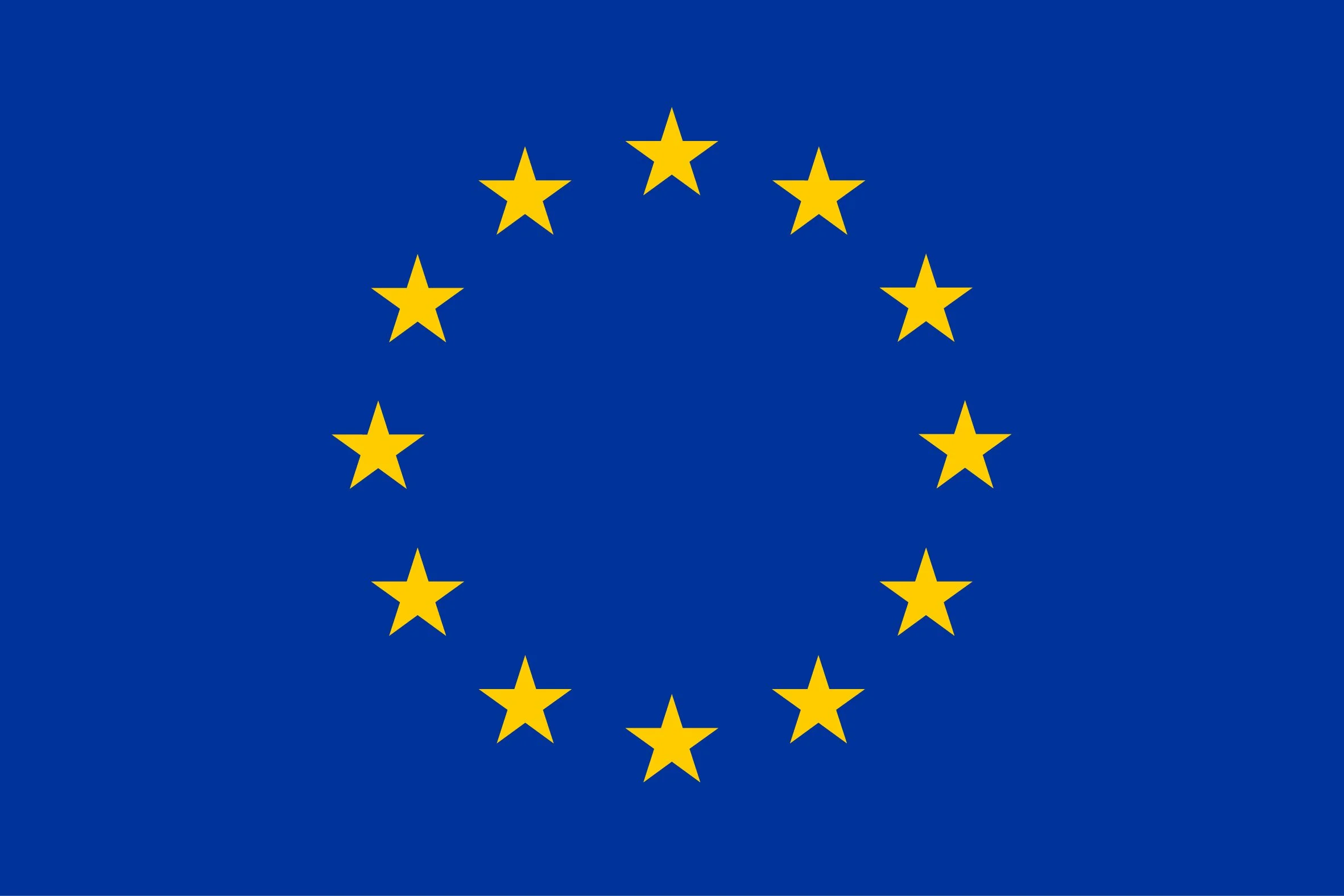

Depends strongly on what ops the NPU supports IMO. I don’t do any local gen AI stuff but I do use ML tools for image processing in photography (e.g. lightroom’s denoise feature, GraXpert denoise and gradient extraction for astrophotography). These tools are horribly slow on CPU. If the NPU supports the right software frameworks and data types then it might be nice here.



Yeah I agree on these fronts. The hardware might be good but software frameworks need to support it, which historically has been very hit or miss.